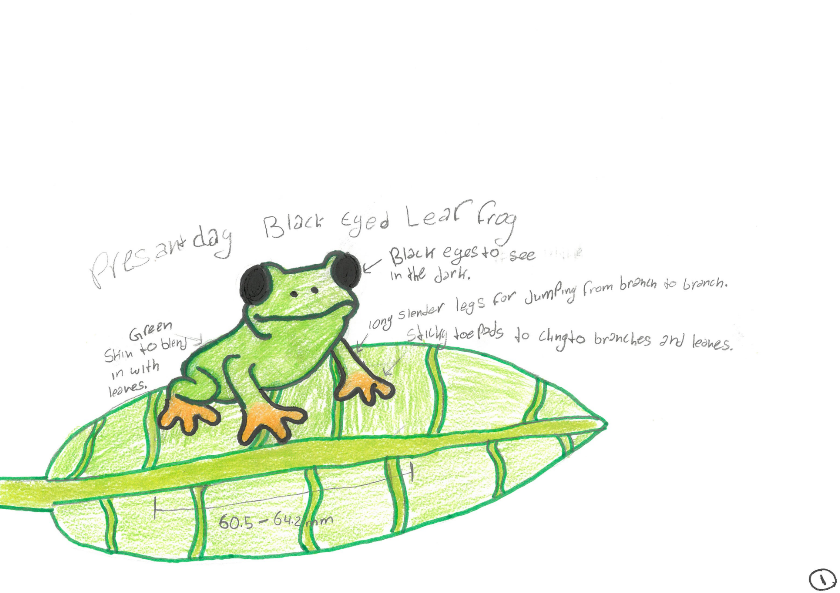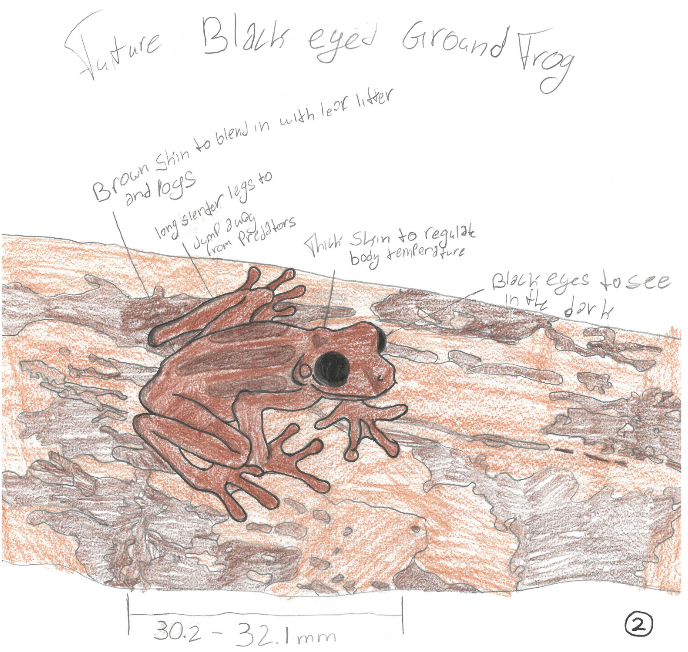The Black-eyed Leaf Frog, a nocturnal and arboreal species, thrives in Central America's lowland cloud forests, relying on insects for survival. However, climate change poses significant threats to their habitat. Rising temperatures, prolonged droughts, hurricanes, and intense rainstorms could drastically alter their ecosystem. Additionally, deforestation may force these frogs to descend from the trees to the forest floor, exposing them to new predators and environmental challenges.
To adapt, the frogs may need to evolve thicker skin to regulate body temperature more effectively as their habitat grows hotter. Without this adaptation, they could struggle to survive in the increasing heat. Furthermore, their bright green coloration, ideal for blending in with foliage, may shift to brown, allowing them to camouflage with leaf litter. A smaller body size could also improve heat regulation and mobility in their new environment. Without these adaptations, the Black-eyed Leaf Frog faces an uncertain future.
Contact us
Thank you for your interest in contacting Future Engineers. We look forward to connecting with you!
General Inquiries
support@futureengineers.orgSponsorship Inquiries
sponsor@futureengineers.org

